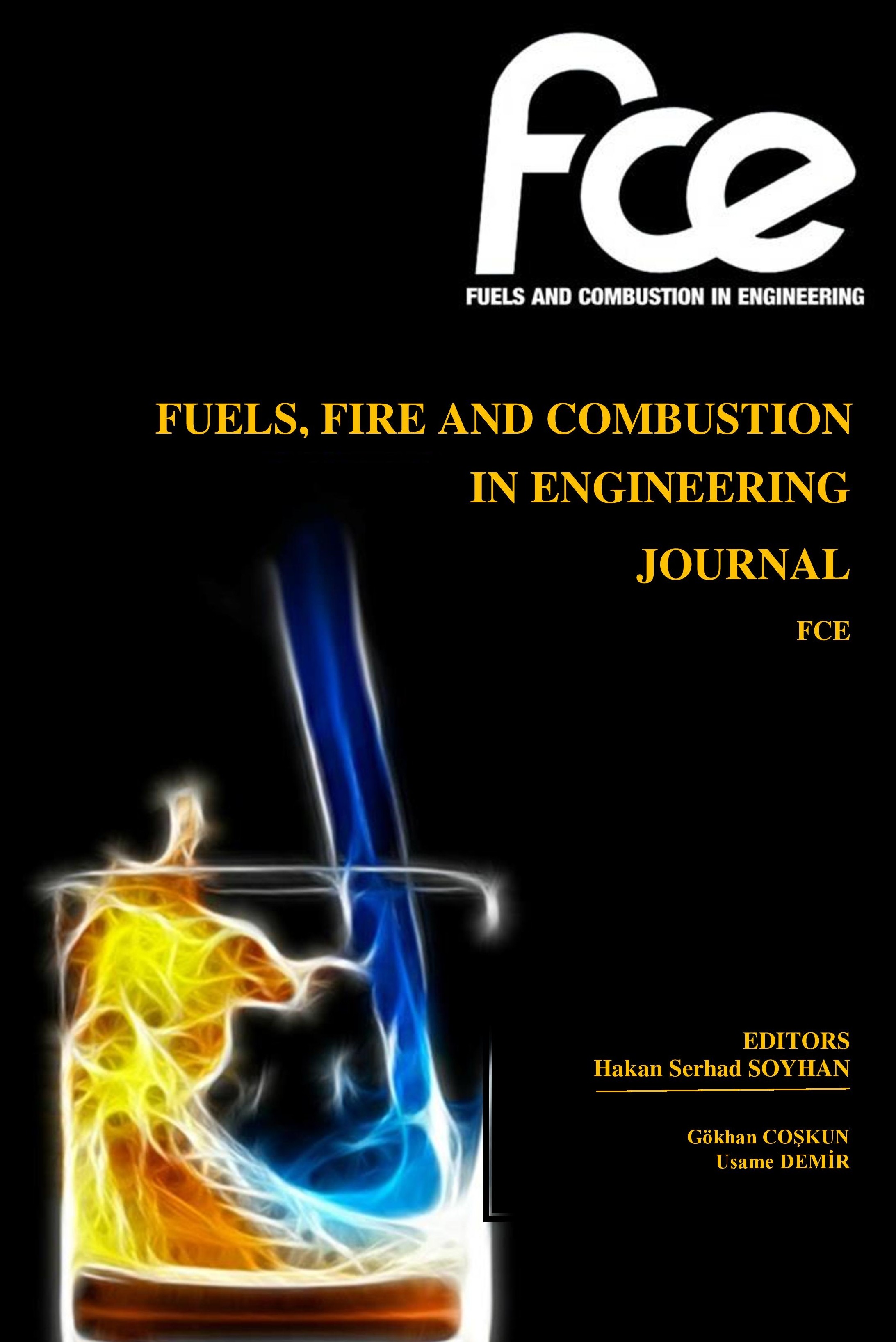CI ENGINE MODELING AND EXPERIMENTAL STUDIES FOR LOWER EXHAUST EMISSIONS
CI ENGINE MODELING AND EXPERIMENTAL STUDIES FOR LOWER EXHAUST EMISSIONS
CFD, CI engine, emission optimization, aftertreatment, SCR, NOX,
- ISSN: 2564-6435
- Başlangıç: 2016
- Yayıncı: Hakan Serhad SOYHAN
Müjdat FIRAT, Şehmus ALTUN, Yasin VAROL
Enes Fatih PEHLIVAN, İsmail ALTIN, Hakan Serhad SOYHAN
3D COLD FOLLOW SIMULATION INSIDE INTAKE MANIFOLD AND CYLINDER OF AN IC ENGINE
Bilge Albayrak ÇEPER, Melih YILDIZ, Vedat DEMIRTAS, Hakan Serhad SOYHAN, Nafiz KAHRAMAN
TAŞIYICI-YÜKLEYİCİ BİR İŞ MAKİNESİ İÇİN DİFRANSİYEL DİŞLİ KUTUSU TASARIMI
Tuncay KAZAR, Cihan ASAL, Hakan Serhad SOYHAN, Vedat DEMIRTAS
EVALUATING ENVIRONMENTAL EFFECTS OF BIOETHANOL-GASOLINE BLENDS IN USE A SI ENGINE
TERMOELEKTRİK SİSTEMLİ YEMEK TAŞIMA MODÜLÜ TASARIMI VE ANALİZİ
CI ENGINE MODELING AND EXPERIMENTAL STUDIES FOR LOWER EXHAUST EMISSIONS
Mehmet Zafer GUL, Mustafa YILMAZ, Hasan KÖTEN, İsmail Hakki SAVCI
EXPERIMENTAL INVESTIGATION OF USING LNG IN VEHICLES
Nafiz KAHRAMAN, Mehmet Ali BEKTUR, Hayrettin ATAY
THERMAL PERFORMANCE ANALYSES OF WATER BASED CuO-TiO2 HYBRID NANOFLUID FLOW IN A HORIZONTAL TUBE
